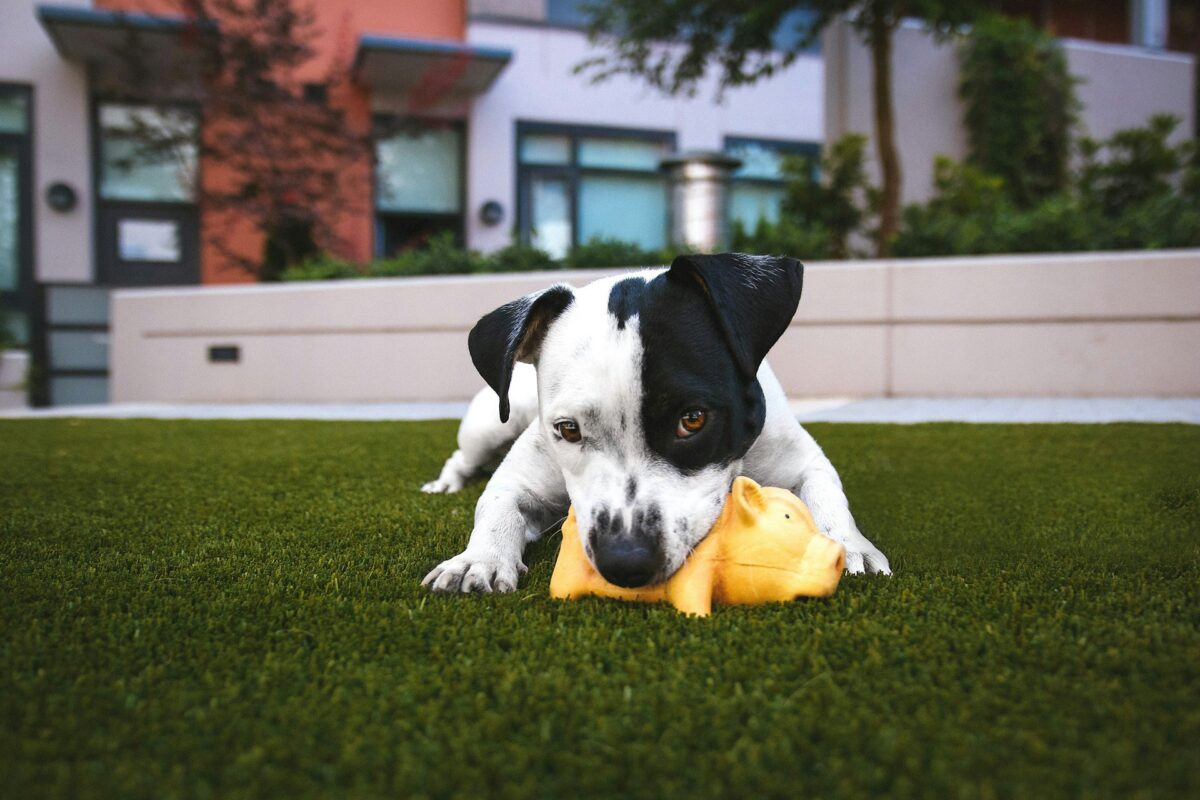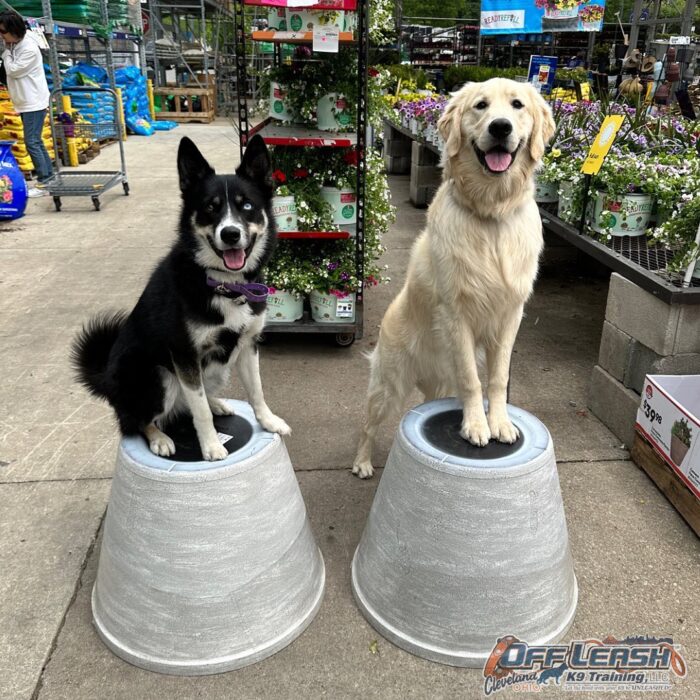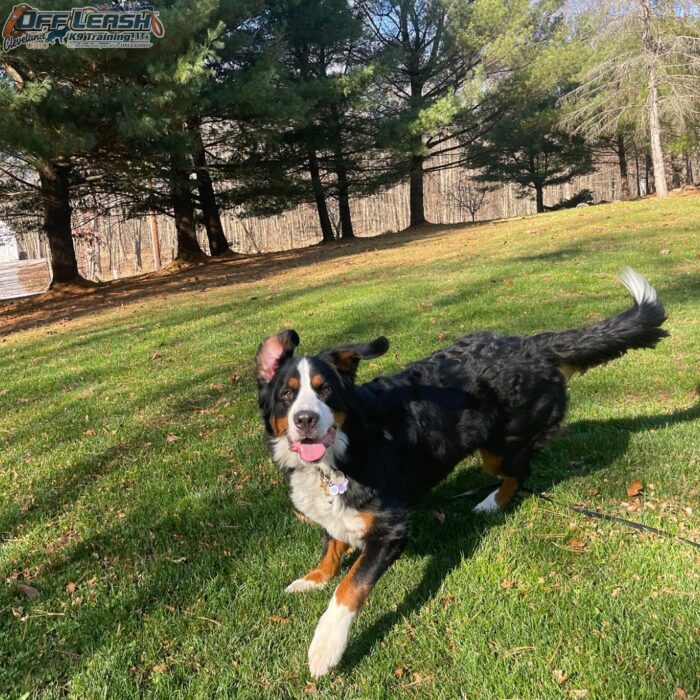What is Positive Punishment in Dog Training: Risks and Alternatives
What is positive punishment in dog training? In simple terms, it means adding something unpleasant to stop a dog’s unwanted behavior. For example, using a leash correction to prevent pulling or a loud noise to stop barking.
While some trainers believe this method can be effective, it has sparked much debate in the dog training world. Many experts argue that positive punishment can harm a dog’s well-being, leading to fear, stress, or even aggression. It may also damage the bond between you and your dog.
In this post, we’ll explore what positive punishment in dog training really means, the risks and ethical concerns it raises, and why many trainers now recommend kinder, more effective alternatives. By understanding these options, you can choose the best way to train your dog while keeping them happy and healthy.
Understanding Positive Punishment
Let’s get real about what is positive punishment in dog training. In the world of operant conditioning, it’s all about learning through consequences.
Positive punishment means adding something unpleasant to DECREASE a behavior. Think of it like this: you yell at your dog for jumping on guests (adding an unpleasant sound), hoping they’ll stop jumping (decreasing the behavior).
Examples of positive punishment in dog training can include:
- Leash corrections – A sudden jerk on the leash when your dog pulls.
- Yelling or scolding – Using a harsh voice to reprimand your dog.
- Physical punishment – Hitting, kicking, or using other forms of physical force.
It’s crucial to understand ALL four quadrants of operant conditioning:
- Positive Reinforcement – Adding something GOOD to INCREASE a behavior (e.g., giving a treat for sitting).
- Negative Reinforcement – REMOVING something BAD to INCREASE a behavior (e.g., releasing leash pressure when your dog moves towards you).
- Positive Punishment – Adding something BAD to DECREASE a behavior (e.g., yelling at your dog for barking).
- Negative Punishment – REMOVING something GOOD to DECREASE a behavior (e.g., ignoring a dog’s attention-seeking behavior).
Each quadrant plays a role in shaping behavior, but many trainers now focus on positive reinforcement because it builds trust and encourages learning in a more enjoyable way for dogs.
Risks of Using Positive Punishment in Dog Training
While positive punishment may seem like a quick fix for stopping unwanted behavior, it comes with serious risks that can harm your dog and your relationship with them.
Physical and Psychological Harm
Using positive punishment can lead to both physical and psychological harm:
- Injury – Physical punishment can lead to injuries, both obvious and hidden.
- Fear and anxiety – Yelling or physical force can instill fear and anxiety in your dog. This can manifest as trembling, hiding, and even aggression.
- Potential for aggression – When dogs feel threatened or fearful, they may resort to aggression as a defense mechanism.
Ineffectiveness in the Long Term
Positive punishment does not teach your dog what is the right thing to do, instead, it can cause ineffectiveness in the long term:
- Suppressed behaviors resurface – Punishing a behavior might temporarily stop it, but it often returns, sometimes even worse.
- Fear-based learning – Dogs may learn to fear the punisher, not the behavior itself. This creates a negative and unhealthy dynamic.
- Avoidance behaviors – Instead of understanding what they did wrong, dogs may learn to avoid the punisher altogether, hindering training progress.
Unpredictability and Inconsistency
If your dog doesn’t understand what behavior is being punished, they’ll be confused and frustrated, especially if it is not applied consistently. Inconsistent punishment can actually worsen the problem. Your dog will never truly learn what’s expected of them.
Impact on the Human-Dog Bond
Punishment can erode the trust between you and your dog. They may become hesitant to engage with you, making training and building a positive relationship even harder.
Ethical Concerns Surrounding Positive Punishment
Positive punishment in dog training raises important ethical questions. While some trainers argue it can be effective, others strongly oppose it, citing the potential harm it can cause to dogs.
The debate highlights the need to consider not just the results of training methods but also their impact on a dog’s well-being and the bond between dogs and their owners.
Debate Within the Dog Training Community
There’s a clear divide among trainers and behaviorists when it comes to positive punishment. Some believe it’s a necessary tool for correcting certain behaviors, while others argue that it’s outdated and harmful.
In recent years, there has been a growing shift toward humane, science-based training methods. These approaches focus on positive reinforcement, which is not only effective but also fosters trust and understanding between dogs and their owners.
Animal Welfare Considerations
Using punishment to train dogs raises ethical concerns about causing discomfort or even pain to animals. Dogs rely on us to care for them, and training should never compromise their emotional or physical health. Respecting a dog’s well-being means choosing methods that teach them in a kind, compassionate way.
Effective Alternatives to Positive Punishment
Training your dog does not have to involve punishment. There are many proven, positive methods that not only teach your dog good behavior but also strengthen your bond. Here are some effective alternatives to positive punishment that focus on kindness and understanding.
Positive Reinforcement Training
Positive reinforcement means rewarding your dog when they do something right. This encourages them to repeat the good behavior. Treats, praise, and even a favorite toy can all be used as rewards.
For example, if your dog sits when asked, a treat or a cheerful “Good job!” reinforces that sitting is the right choice.
Clicker Training
Clicker training is a popular and effective way to teach dogs especially younger ones. A clicker is used to mark the exact moment your dog performs a desired behavior, followed by a reward. This clear and consistent feedback helps dogs quickly learn what’s expected of them.
Management and Prevention
Sometimes, the best way to handle unwanted behaviors is to prevent them from happening in the first place. Managing your dog’s environment can make a big difference.
Utilize tools to keep your dog safe and entertained:
- baby gates
- leashes
- chew toys
Redirection and Replacement Behaviors
Instead of focusing on what your dog shouldn’t do, teach them what they should do instead.
For example, if your dog tends to jump on guests, train them to sit when someone arrives. Offer an alternative behavior that guides your dog in a positive direction.
Seeking Professional Help
If you’re struggling with training, don’t hesitate to seek help from a certified dog trainer or behaviorist.
- Certified expertise – If you’re struggling with a specific behavior or unsure about the best training approach, a dog trainer can help address that struggle.
- Personalized plans – A professional can create a personalized training plan tailored to your dog’s unique needs and temperament.
Lessons on Positive Punishment and Humane Training
Positive punishment is a quick fix to dog training, but its risks far outweigh the benefits. It can harm your dog physically and emotionally, create confusion, and damage the trust between you and your furry friend.
These methods are not only outdated but also unnecessary when there are kinder, more effective ways to train your dog.
Humane training methods, like positive reinforcement, focus on rewarding good behavior rather than punishing mistakes. This approach helps your dog learn with confidence and joy, building a strong, trusting bond between you. Positive reinforcement also leads to long-term behavioral change, as your dog truly understands what’s expected and is eager to please.
Your dog deserves a training experience that prioritizes their well-being and happiness. Explore humane training methods that build trust and respect, creating a loving relationship with your canine companion.
For more tips and guidance, check out our blog, where you’ll find valuable resources to help you on your dog training journey.
If you need guidance from certified trainers in different dog training methods, or if you need help creating a customized training plan for your dog, feel free to contact us.
Training should be a positive and enjoyable experience for both you and your dog. Let’s choose kindness and build a strong, loving bond with our furry friends.



